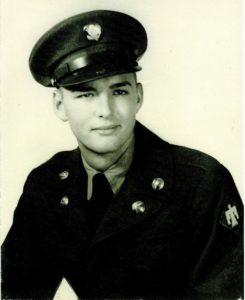
Frank Dollins
Frank Dollins began serving his country in 1950 at the age of eighteen. He was soon stationed in Japan. In 1951, he was sent to Korea. The memories from that period of his life are still difficult for him to talk about. He remembers friends and fellow soldiers with fondness and respect. However, he was well aware of the seriousness of his mission. He recalled that it was not a situation in which they experienced much fun together. He sums it up best when he says “It’s not like TV… maybe more like a football game where everyone is fighting for ground until someone wins or dies or you run out of food or people.” He remembers being injured by shrapnel, noting that he left his own blood in Korea. Mr. Dollins served honorably and he continued to live his life with honor upon his return home. Today, he is thought of as a wonderful person who is much loved and respected. We are thankful for his service.
Korean War - Key Events
June 27, 1950
The United Nations Security Council adopts Resolution 83, authorizing UN member states to provide military assistance to South Korea. The Soviets, who could have vetoed the resolution, are boycotting the proceedings because the Nationalist government on Taiwan still occupies China’s seat on the Security Council. Seoul falls the following day.
These events are taken from the Encyclopedia Britannica
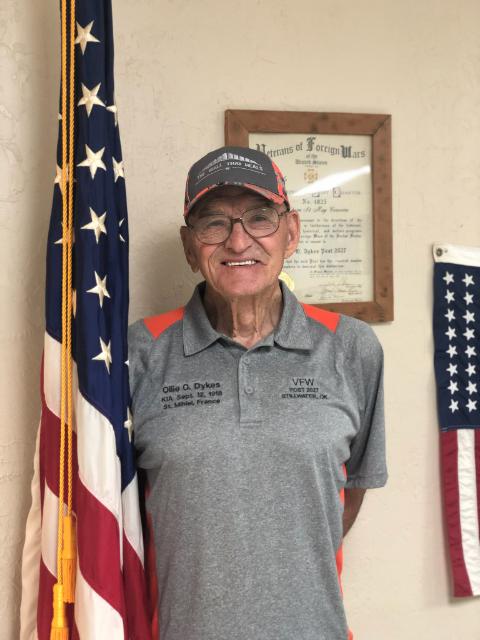
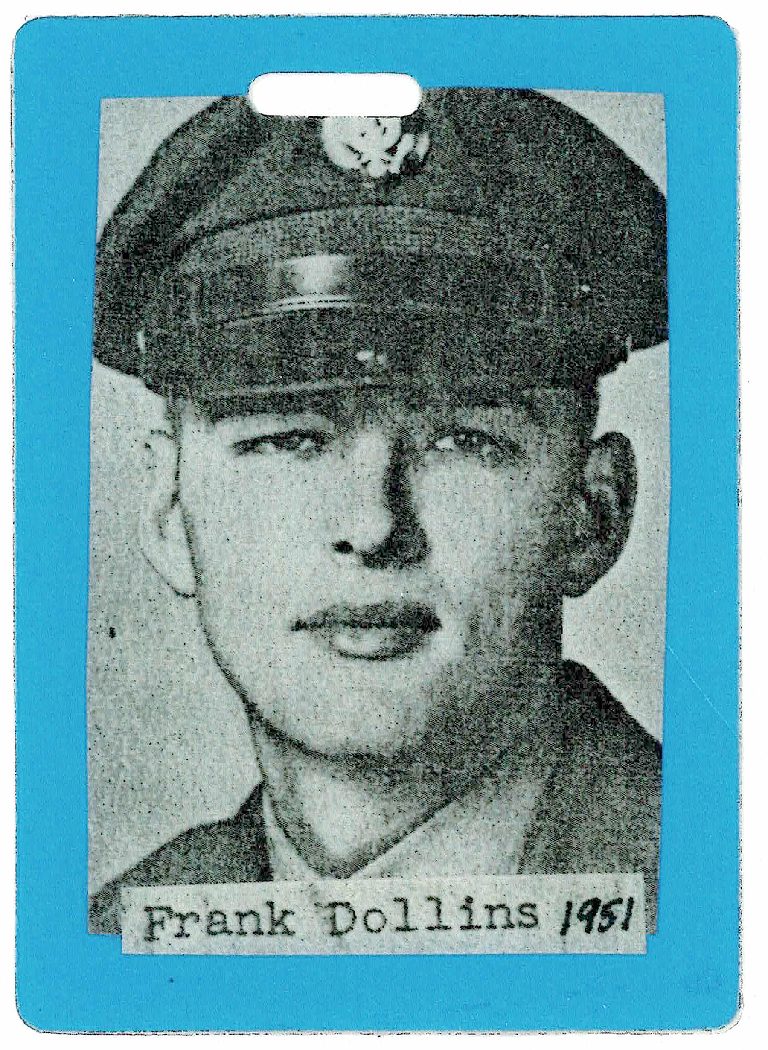

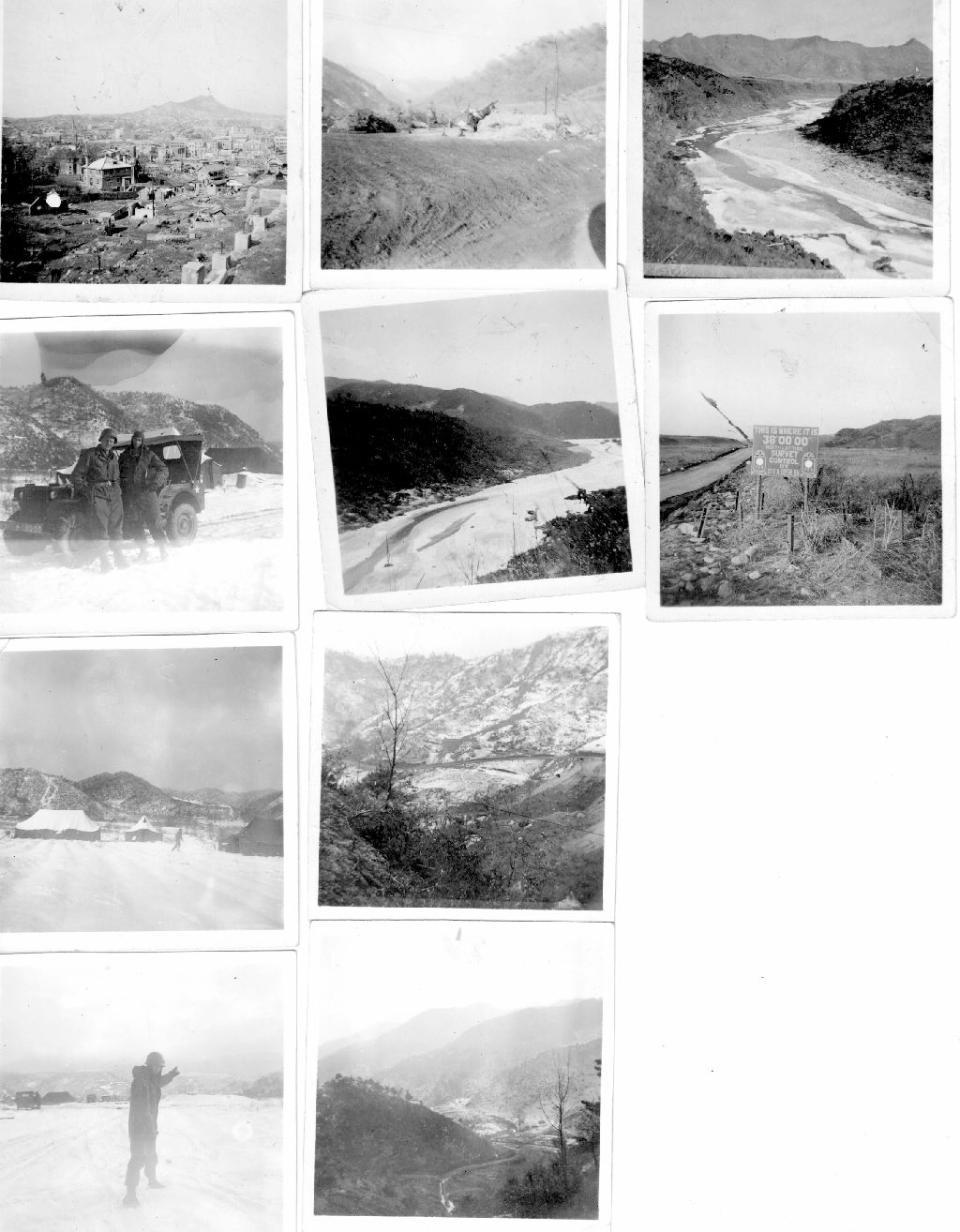

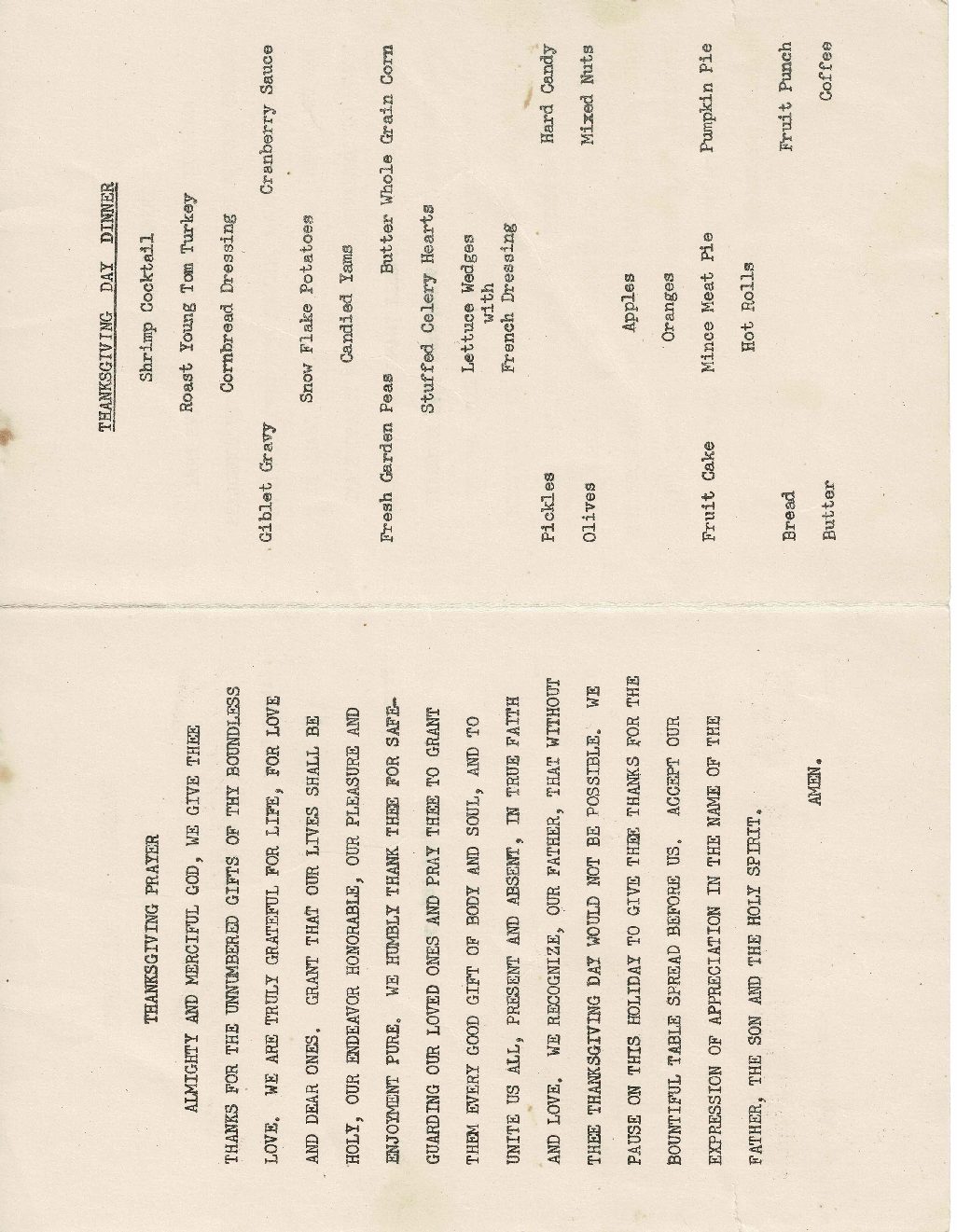

Comments
Likes 0
You must be a registered user to comment or like - please register to join us!